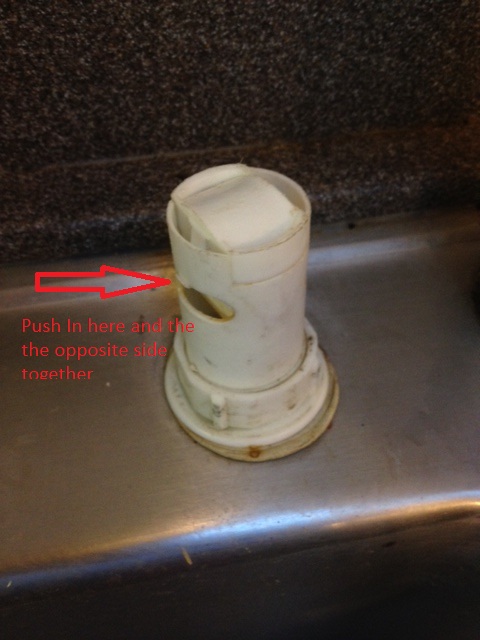This is the 3rd book by Frank McCourt following his 1st successful story, Angela’s Ashes. I have yet to read that book. Frank McCourt’s strong Irish accent was hard to understand in the beginning of the audio book but I eventually got used to it. In this book, he talks about his 30-year career as a high-school teacher in New York’s public school, plus his marriage failure and his failed attempt to obtain his PhD degree. There is a lot of stories about his battles against 5 classes of 35 students each day and how he needs to be on top of his game in order to survive. In essence, this book is about an underdog’s personal failings, survival, and success story. The stories are at times sad, shocking, touching, but mostly funny.
There is this story about his taking the teacher oral exam and when he was asked how he would reinforce a creative writing lesson. His answered, “write a suicide notes,” almost got him kicked out of the exam room. But clearly there was someone that saw through his talents and his unorthodox teaching style. He passed the exam, of course.
The dynamics he has in his classroom varies quite a bit. Early in the book, he talked of how he picked up and ate a sandwich that one of his students threw at him. In a way, he puts himself in the same level as the students to gain their trust and that created quite a stir in the school. Often times, he was distracted by students’ constant requests for more stories from him and he often obliged. This created conflicts between his teaching style and what the school expected of him. As a result, he went from one school to the next early in his career.
His teaching style reminded me so much of my high-school “Health Education” teacher in Taiwan. As a student, I always looked forward to listening her stories and still remembered a lot of her stories to this day because she delivered the teaching with stories wrapped around it that made them meaningful to me. Story telling is a skill that is often under-rated.
One of his unorthodox teaching assignments includes writing excuse notes for the students themselves, famous characters like Hitler. This assignment absolutely captivated the students and made it meaningful for them because it’s something they’ll need for the rest of their lives. The other interesting class assignment involves reciting and signing recipes from cook books. Wow, I can simply picture the smiles in the kids’ faces.
McCourt is more interested in how people feel about a poetry or any piece of writing. It’s not about saying the right answers so you can go to college and move ahead. It’s more about appreciating the impact the authors’ writings have on the readers. After all, writing is about communicating with impact.
In several of the open school nights with parents, he spoke of parents battling each other and took up on him. But this story really touched me as a parent. He claimed that throughout his career, there was only one time a mother asked him whether her child was enjoying himself and that was only question she had for him. As a parent, we often don’t think of school as a place of enlightening our children so they can be a happy person throughout his/her life. Instead, we think of it more of a transition place where our children need to take knowledge from so he/she can eventually be happy making lots of money later in life.
He told of this student, a Korean kid with overbearing parents who worked day and night at a flower shop just to give him the best education. He chose Stanford University over Harvard and MIT just to stay away from his parents. When he was asked by his English teacher at Stanford about his favorite poem, he said “Papa’s Waltz” and he broke down and cried and cried. This was the poem they discussed in his high school class with McCourt:
The whiskey on your breath
Could make a small boy dizzy;
But I hung on like death:
Such waltzing was not easy.
We romped until the pans
Slid from the kitchen shelf;
My mother’s countenance
Could not unfrown itself.
The hand that held my wrist
Was battered on one knuckle;
At every step you missed
My right ear scraped a buckle.
You beat time on my head
With a palm caked hard by dirt,
Then waltzed me off to bed
Still clinging to your shirt.
We often neglect how much influence our teachers have on our lives and claim all the credits as our own in our successes. This book drives home the impact our teachers have on our lives and the sacrifices they make. To all the teachers in my life, I thank you from the bottom of my heart.




